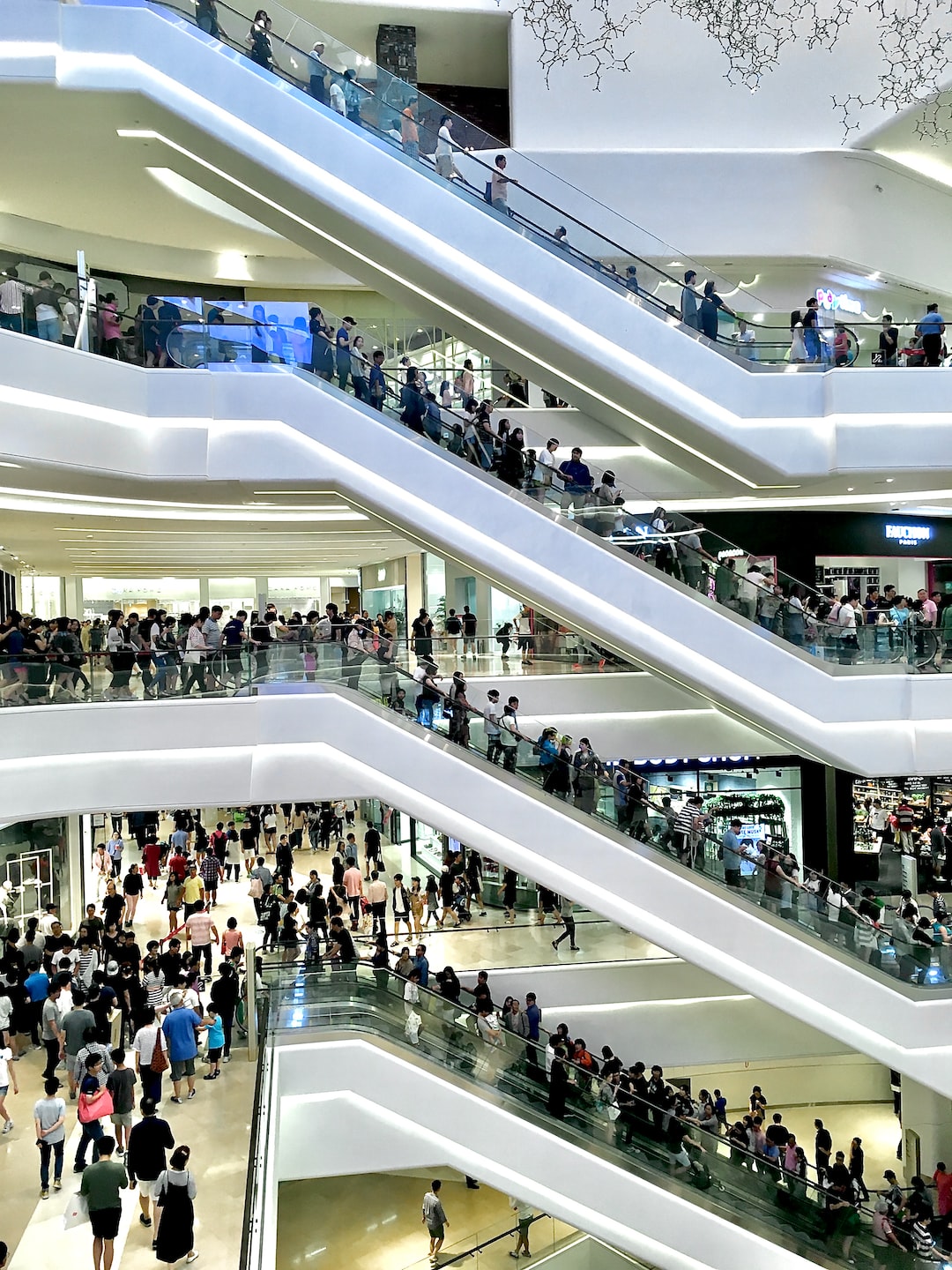Retail Design: Creating a Memorable In-store Experience
In today’s digital age, where online shopping has become increasingly popular, retailers have to think of innovative ways to entice customers to visit their brick-and-mortar stores. One of the most effective strategies is through retail design, which involves creating a memorable in-store experience for shoppers.
First impressions matter, and that applies to retail stores as well. The moment a customer steps into a store, the design and layout should immediately grab their attention and create a sense of intrigue. The overall aesthetics play a crucial role in making a lasting impression on shoppers. From the exterior facade to the interior ambience, every aspect should be carefully crafted to reflect the brand’s identity and create a positive emotional connection with customers. Engaging window displays, vibrant signage, and visually appealing store layout can all contribute to a memorable shopping experience.
One aspect of retail design that has gained significant attention is the concept of sensory branding. It involves tapping into the five senses – sight, sound, smell, touch, and taste – to create a multi-sensory experience for customers. Incorporating pleasant scents, soothing music, and interactive displays can create a unique atmosphere that customers will remember long after they leave the store. For example, a clothing store could incorporate ambient lighting, soft music, and comfortable fitting rooms to enhance the overall shopping experience and make customers feel relaxed and valued.
In addition to creating an aesthetically pleasing environment, retail design should also focus on functionality. Customers should be able to navigate through the store with ease and find the products they are looking for conveniently. Clever store layouts, strategically placed signage, and well-organized shelves can all contribute to a seamless and enjoyable shopping experience. Incorporating technology, such as touchscreens or virtual reality displays, can also provide customers with interactive and informative experiences that add value to their visit.
Moreover, retail design should take into account the changing consumer behavior and preferences. With the rise of e-commerce, customers now have high expectations when they choose to visit a physical store. Personalization is key to creating a memorable in-store experience. Understanding the target audience and tailoring the store design and product displays accordingly can make customers feel valued and understood. Offering unique and exclusive products or limited-edition collections can also create a sense of urgency and excitement, motivating customers to visit the store.
In conclusion, retail design plays a critical role in creating a memorable in-store experience for customers. By appealing to their senses and providing an aesthetically pleasing, functional, and personalized environment, retailers can entice customers to spend more time in their stores, make purchases, and ultimately build a loyal customer base. In an increasingly competitive market, investing in retail design is not only essential but also a powerful way to differentiate a brand and leave a lasting impression on customers.
